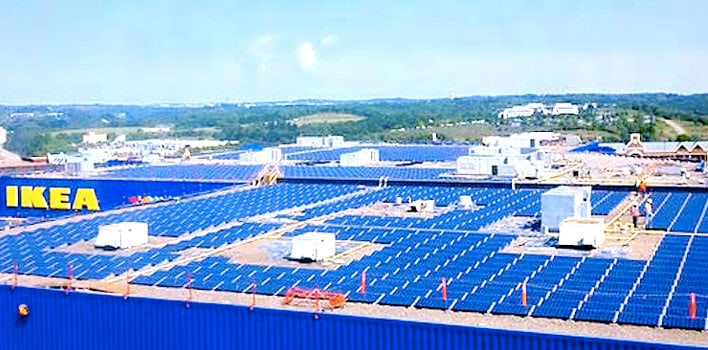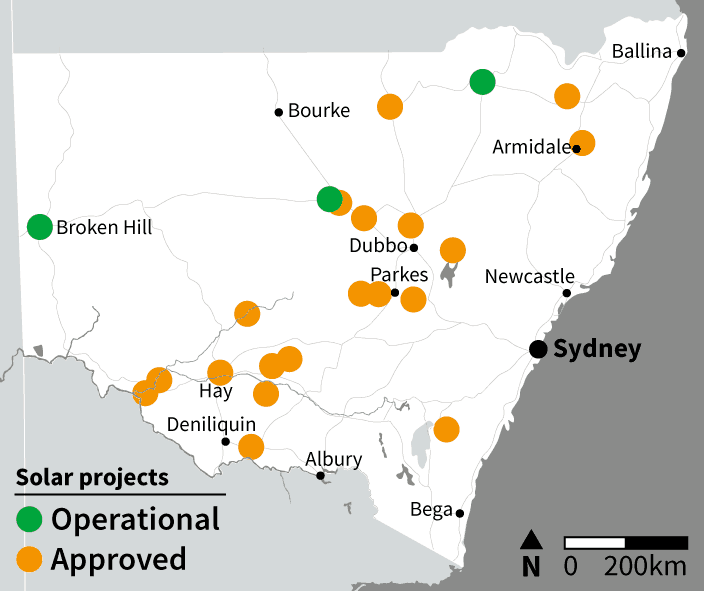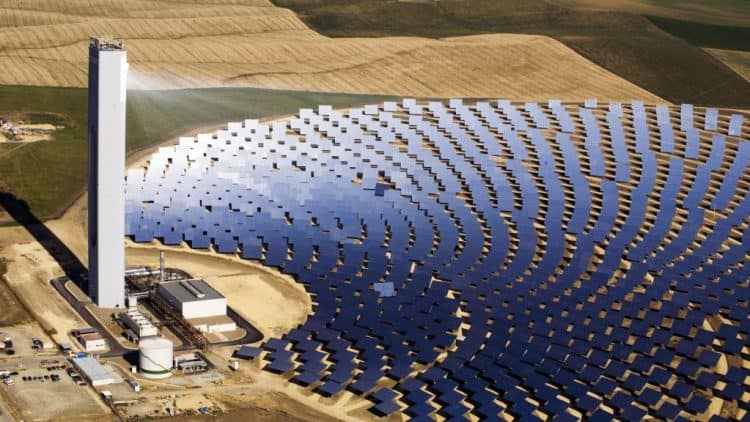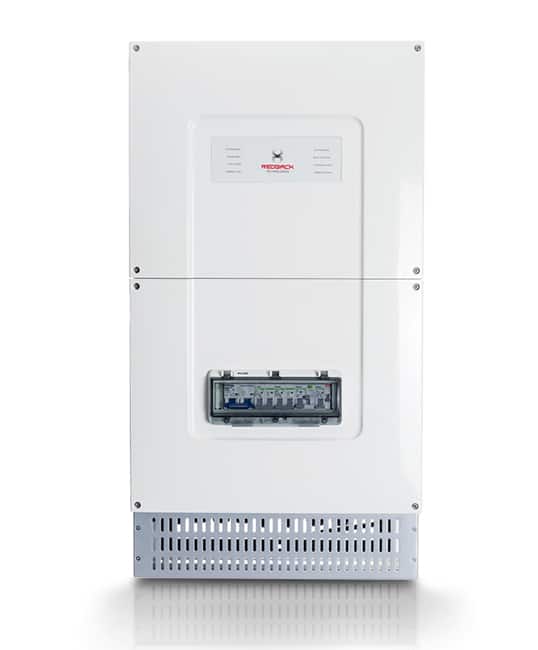According to new IKEA Australia boss Jan Gardberg, the Swedish furniture company will sell solar panels ‘at cost’ in Australia as part of a strategy to increase their market share across the country. We reported on IKEA solar panels in the UK last August and reached out about a timeline for Australia, but didn’t get a response back. But now we know!
Ikea Solar Panels in Australia
“We have already introduced (solar panels) into the UK market and in Poland and something similar in Japan, and I and the team would like to find a way to introduce that to the Australian market,” Jan Gardberg, the new boss of IKEA Australia, told Channel 9.
“It would actually be cost-neutral because we believe this to be another positive way that we, as a big company, can contribute for the sustainable life at home for the many people in Australia”he continued – which sounds like fantastic news for consumers given solar panel technology is increasing so rapidly and energy storage becoming so commonplace the price is becoming a lot more reasonable.
But what are the ramifications for the smaller solar companies when they’re already in a race to the bottom in terms of discounting? If a company with almost bottomless pockets is selling solar as a loss-leading strategy there’s going to be some interesting days ahead. Keeping in mind the customers will still need to pay for inverters and installation there’s still money to be made for those shrewd enough to piggyback on IKEA’s plan – but along with shrinking STCs it’s definitely tough times for those in the retail solar game, where profit margins are already razor thin.
Natalie Collard from the Clean Energy Council was positive about the Ikea solar panels:
“We expect IKEA will respond quickly to any concerns about installation quality or performance from the systems that are being sold in-store. IKEA is continuing the trend of large mainstream businesses adopting renewable energy, and this will only strengthen in the years ahead.”
“The Clean Energy Council’s Approved Solar Retailers have all committed to excellence in customer service, a minimum five-year whole-of-system warranty and ethical marketing practices. A list of these businesses can be found at www.approvedsolarretailer.com.au.”
Ikea Solar Panel Price

RenewEconomy have reported that the UK IKEA solar panel offerings are from Solarcentury, and they currently have three separate offerings for solar panels:
- 3kW solar system for ~$7,800 AUD
- Customisable solar system (from 3kW) starting at around ~$8,700 AUD
- Customisable solar system with ‘seamless roof integration’ (from 3kW), starting at around $10,900 AUD
Since August 2017 IKEA also sell battery storage to the UK market – with their batteries coming from SonnenBatterie and LG Chem, both well respected and very highly performing brands.
They also offer a 3,5, or 15 year loan to ‘spread the cost of solar’ if you’re so inclined.
No news on how much these panels will cost in Australia or if they’ll be the same as in the UK, but as soon as we have any information we’ll update this article!





